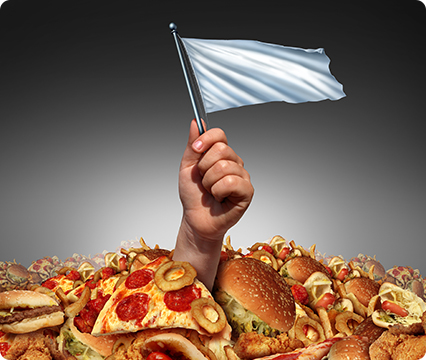Rethinking food reward
While current and traditional models have implicated the hedonic qualities of food as driving overeating and also have implied that subliminal signals arising from the gut would curb one’s uncontrolled desire for calories, in this review De Araujo et al. (2020) presents evidence from animal and human studies of a completely different model for food reward. The writers claim the findings from these research studies demonstrate proof of subcortical body-to-brain neural pathways linking gastrointestinal nutrient sensors to the brain’s reward regions. The newly introduced model involves gut-brain reward pathways that bypass cranial taste, aroma sensory receptors, and the cortical networks that give rise to flavor perception. This means that consciously perceptible hedonic (pleasurable/unpleasurable) qualities may not be very relevant in food reinforcement. [NPID: sugar, processed food, hedonic, overeating, food reward, reward, hedonic, food reinforcement]
Year: 2020
 Navigation
Navigation






